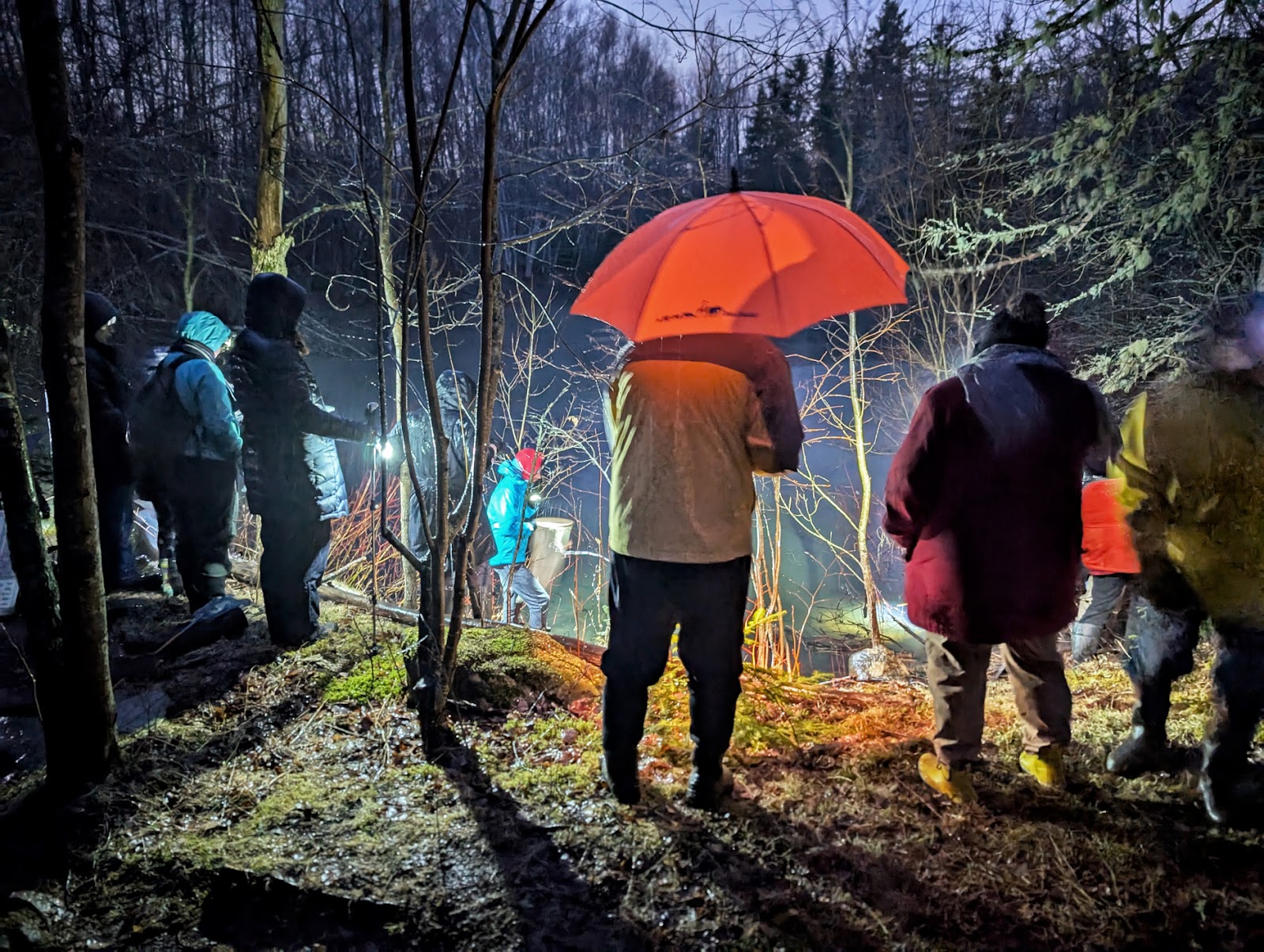NATURE
MONCTON NATURE NEWS
April 14, 2025
Nature Moncton members, as
well as any naturalist in New Brunswick or beyond, are invited to share
their photos and descriptions of recent nature sightings to build a fresh
(almost) daily edition of Nature News
To
respond by e-mail, please address your message to the information line
editor, nelsonpoirier435@gmail.com .
Please
advise the editor at nelsonpoirier435@gmail.com and the proofreader
Louise Nichols at Nicholsl@eastlink.ca if
any errors are noted in wording or photo labelling.
For more information
on Nature Moncton, check the website at www.naturemoncton.com
Proofreading
courtesy of Nichols nicholsl@eastlink.ca
To
view the live feed of the Peregrine Falcon nest cam on the summit of Assumption
Place in Moncton, go to:
**Our proofreader, Louise, is away until Tuesday. Please
advise if any errors are noted.
**Tomorrow night, Tuesday, is Nature Moncton meeting
night.
All details are at the end of this edition, upfront
tomorrow:
**Our favourite peregrine falcon couple now has a clutch of 4 eggs, which is expected to be the complete clutch, but the couple will decide that. We will all be looking forward to the chicks entering the world in a month.
**Frank Branch was able to get an excellent documentary
photo comparing the rare to New Brunswick Ross’s goose (arrowed) with an adult
snow goose and a Canada goose he took on Miscou Island on Sunday. It
has to be a possibility that this is the same Ross’s goose that paid a visit to
Eastern New Brunswick earlier in the week, but only the goose knows that for
sure.
Frank took the photo at the end of Miscou Bridge on
Miscou Island, just across from Steeve Terrace. On Saturday and Sunday morning,
they were at Point Campbell at the end of the road to the right just before the
bridge.
The Ross’s goose was a lifer for many and a new one for
the Peninsule Acadienne.
**Much appreciation to Andrew Darcy for leading an
enthusiastic group of 20+ folk on a cold rainy Sunday evening to search for
salamanders at a vernal pond of Crowley Farm Rd., Moncton.
The salamanders may have thought it too cold for their
liking, as only one spotted salamander was spotted and eluded being netted;
however, there was significant evidence of spotted salamander egg masses
to indicate they had been there, possibly on the night when the ambient
temperature was warmer.
Andrew did locate one salamander under a rock that did
not seem to mind being detained for a short time for group observation and to
learn about its life and times.
This was a red-backed salamander, which is
actually a terrestrial (land lubber), not an aquatic salamander.
This salamander lays its eggs under rocks and forest
debris. The eggs hatch in 6 to 8 weeks, having absorbed their gills before
hatching, and look like small versions of the larger terrestrial adults. The
red-backed salamander is very common but not commonly seen due to its secretive
terrestrial lifestyle. It is a lungless salamander that depends on cutaneous
respiration and must be kept in a moist environment at all times to avoid
dehydration.
**April Monthly Meeting Presentation
“Wild Bees in New Brunswick”
April 15, 2025, 7:00 PM
Mapleton Rotary Lodge
Presenter: Emily
Austen
Did you know that New Brunswick is home to over 250
species of wild bees?
Wild bees perform essential pollination services,
facilitating the reproduction of wild plants and several regionally important
crops, including blueberry, apple, and cranberry. However, wild pollinators in
general and bees in particular are threatened by land use change, climate
change, insecticide exposure, pathogen spillover from managed bees, and more. A
further challenge is scarcity of data on species distributions.
In this session, Emily Austen will provide an
introduction to wild bee biology and some major groups of wild bees in our
region and will share preliminary results of a project aimed at documenting
wild bee diversity in backyard gardens in Sackville. Participants will get to
examine specimens up-close and will leave with a new (or renewed) appreciation
for these small-but-mighty organisms.
Dr. Emily Austen is a biologist at Mount Allison
University. A plant evolutionary ecologist with a special interest in
pollination biology, her recent Wild Bee project has helped deepen her
knowledge of the biology and diversity of the pollinators themselves.
This will be an in-person presentation at the lodge, but
those who wish can join via Zoom at the following link:
https://us02web.zoom.us/j/85734780857?pwd=4CcmeAaR5uNX5IDzlL2anE1nVByuML.1
All are welcome, Nature Moncton member or not.
Nelson Poirier.
Nature Moncton












